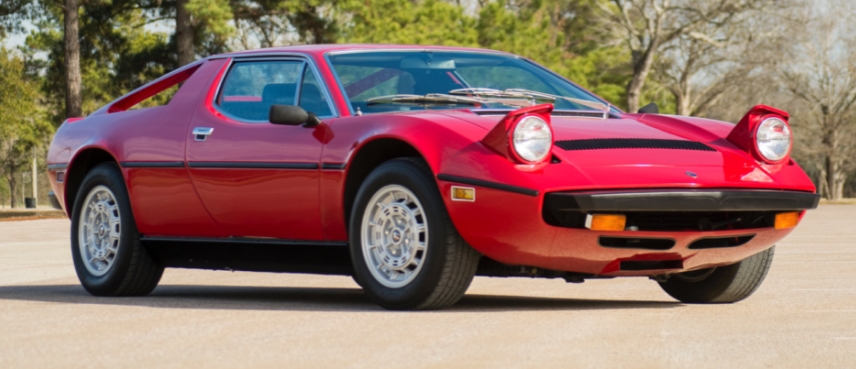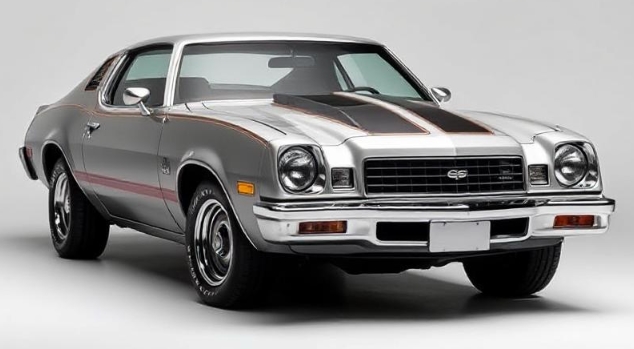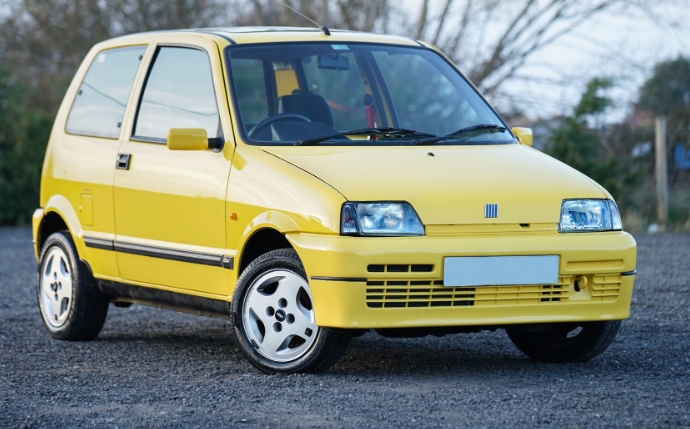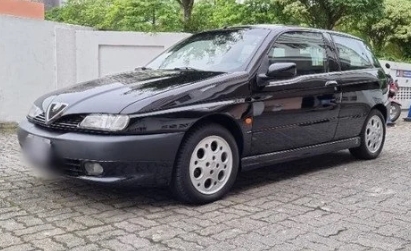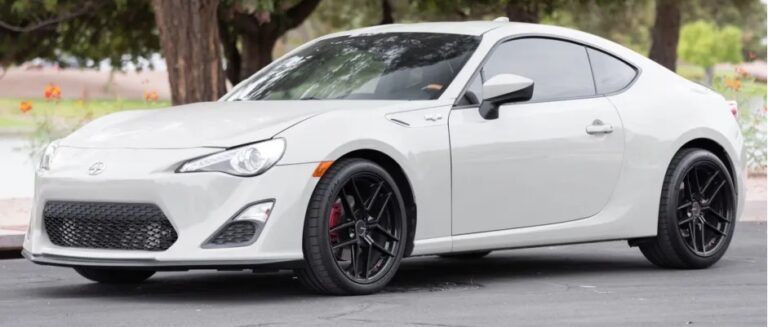The Evolution of the Maserati Merak
The Maserati Merak stands as a significant chapter in the history of Italian automotive engineering, embodying the brand’s pursuit of sporty elegance and innovative design during the 1970s. Introduced as a more affordable and practical counterpart to the iconic Maserati Bora, the Merak combined the allure of Italian styling with a more accessible price point, making it a notable model in Maserati’s illustrious lineage. This article explores the detailed evolution of the Maserati Merak, covering its production years, model variants, and trim levels.
Introduction and Context
In the early 1970s, Maserati sought to expand its lineup to appeal to a broader market segment without compromising the brand’s racing heritage and refined craftsmanship. The Bora, introduced in 1971, was a mid-engine supercar renowned for its performance and striking design. However, its high price limited its accessibility. To bridge this gap, Maserati developed the Merak, a smaller, more practical, and cost-effective alternative, which debuted in 1972.
The Merak was designed by the renowned Giorgetto Giugiaro at Italdesign, sharing a striking but more restrained styling language compared to the Bora. Built on a shorter wheelbase and featuring a slightly less powerful engine, the Merak aimed to deliver the Maserati experience at a more attainable price point while maintaining the brand’s signature blend of performance and elegance.
Production Timeline
Introduction and Production Start (1972):
The Maserati Merak was officially launched at the Geneva Motor Show in March 1972. Production began shortly thereafter at the Maserati factory in Modena, Italy.
End of Production (1983):
The Merak’s production spanned over a decade, concluding in 1983. It was succeeded by the Maserati Merak SS and later models, but the original Merak’s production run remained from 1972 through 1983, making it a staple of the Italian sports car scene throughout the 1970s.
Model Variants and Evolution
Over its 11-year production span, the Merak underwent several updates and variants, primarily focusing on engine performance, trim levels, and mechanical refinements. The key models and their characteristics are outlined below.
Initial Model: Maserati Merak (1972–1974)
Merak 2000 (1972–1974):
The original Merak was powered by a 3.0-liter V6 engine, derived from the Maserati V6 engine used in the Bora but detuned for a more refined and accessible performance. This engine produced approximately 190 horsepower and was paired with a five-speed ZF manual transmission, which was standard across the range.
Design and Features:
The early Merak featured Giorgetto Giugiaro’s sleek, wedge-shaped design, with pop-up headlights, a low-slung profile, and a distinctive rear grille. Inside, the cabin was relatively minimalist but offered leather upholstery and basic amenities typical of the era.
Performance:
The Merak 2000 could accelerate from 0 to 60 mph in around 6.9 seconds, with a top speed of approximately 140 mph, making it competitive among mid-engine sports cars of its time.
Introduction of the Merak SS (1974–1983)
Merak SS (Super Sport):
In 1974, Maserati introduced the Merak SS, a significant upgrade over the original model. The SS was designed to boost performance and exclusivity.
Engine and Power:
The Merak SS was equipped with a more powerful 3.0-liter V6 engine, now producing 210 horsepower. The increase was achieved through modifications such as higher compression ratios, better carburetion, and refined intake systems. The SS retained the five-speed ZF manual transmission but offered optional upgrades like a limited-slip differential.
Performance:
The Merak SS could accelerate from 0 to 60 mph in approximately 6.7 seconds, with a top speed nearing 145 mph. Its improved performance was complemented by a sportier suspension setup and performance-oriented handling.
Design and Trim:
The SS featured subtle visual enhancements, including optional wide wheels, sportier interior trims, and additional badging. The interior could be specified with upgraded leather and wood accents, emphasizing its more exclusive positioning.
Special Editions and Variants
Throughout its production, the Merak saw several limited editions and special packages aimed at enhancing aesthetics or performance.
Merak SS ‘Oro Incandescente’ (Late 1970s):
A limited edition with unique gold metallic paint and bespoke interior trim, aimed at collectors and enthusiasts seeking exclusivity.
Merak Zagato:
Although not a factory-produced variant, some Meraks were customized by Zagato, featuring unique bodywork and interior options.
Mechanical and Technical Evolution
While the core engine and chassis remained largely consistent, Maserati introduced various mechanical refinements over the years:
- Improved Suspension and Braking:
To cope with increased power and performance demands, the Merak received upgraded suspension components and disc brakes, particularly in the SS models. - Electrical and Interior Refinements:
Over time, interior features such as instrumentation, air conditioning, and sound insulation were upgraded. Later models incorporated more modern electrical systems, reflecting advances in automotive technology.
The End of the Merak Line (1983)
By the early 1980s, the Merak’s aging platform and competition from newer sports cars prompted Maserati to discontinue the model in 1983. The final version was often referred to as the Merak SS, which was more of an evolution than a completely new model, with minor updates to styling and mechanical components.
.
You’ve got that cool car, but is it resting in its own cool place?
It’s visually pleasing for the surrounding areas outside of your home to look as awesome as what’s stored inside your garage! If you desire a truly inspirational environment, you should check into these plans!

.
Summary of Key Model Years and Trim Levels
| Year(s) | Model Name | Engine & Power | Notable Features |
|---|---|---|---|
| 1972–1974 | Maserati Merak 2000 | 3.0L V6, ~190 hp | Original launch model, basic trims |
| 1974–1983 | Maserati Merak SS | 3.0L V6, ~210 hp | Performance upgrade, sportier features, optional upgrades |
| 1970s (late) | Special Editions | Varies; e.g., Oro Incandescente | Limited production, bespoke finishes |
| 1983 | Merak SS Final | Same as SS, minor updates | End of production, last iteration |
Legacy and Collectibility
The Maserati Merak remains a highly sought-after classic, appreciated for its distinctive styling, mid-engine layout, and the brand’s racing heritage. Its relatively affordable initial price compared to the Bora, combined with its striking design and mechanical simplicity, has made it a favorite among collectors and enthusiasts.
Restorations often focus on maintaining originality, with originality of the engine and bodywork being prime considerations. The Merak’s place in automotive history is cemented as a model that bridged the gap between Maserati’s racing roots and everyday sports car appeal.
Conclusion
The Maserati Merak’s evolution from 1972 to 1983 showcases a model that balanced performance, design, and practicality. From its debut as the 2000 to the more powerful SS variants, the Merak exemplified Italian craftsmanship and sporty elegance during a vibrant era of automotive innovation. Its limited production run, combined with unique variants and enduring appeal, ensures that the Merak remains a celebrated icon in Maserati’s storied history.
